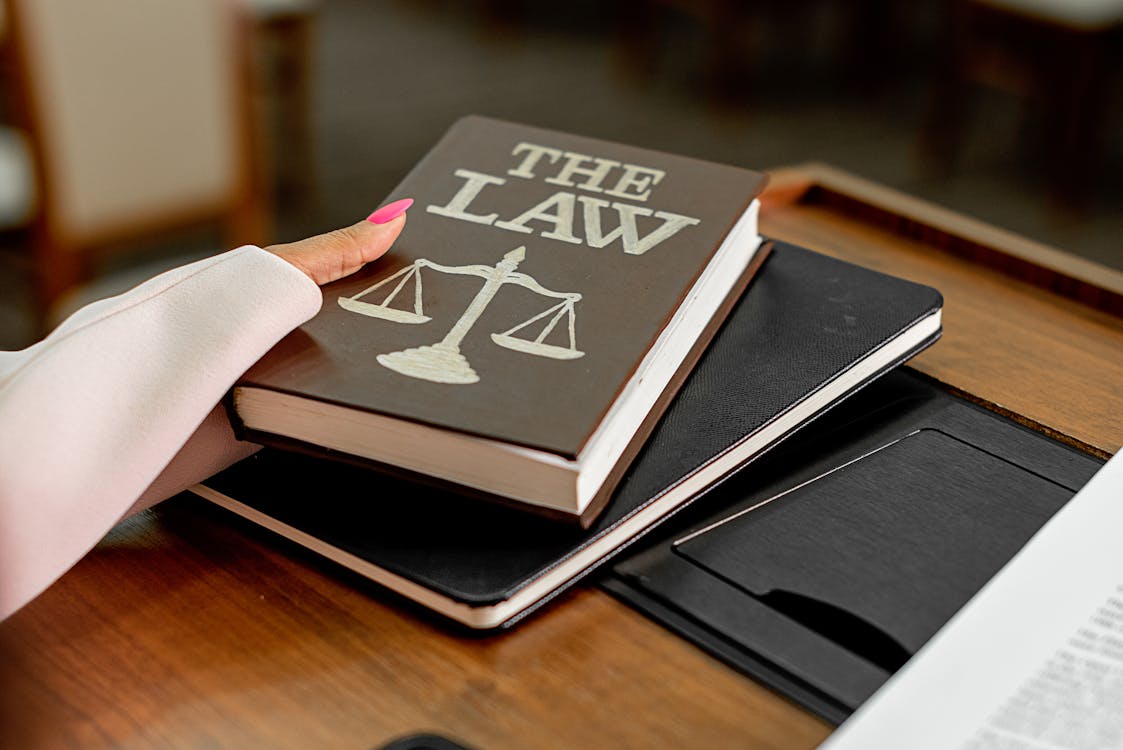Embarking on a personal injury lawsuit can seem like navigating uncharted waters for many. From the moment an injury occurs to the day the gavel drops in court, the road can be long and winding. If you’re considering legal action and want to find out more, here’s a comprehensive look at what one might expect during the personal injury lawsuit timeline.
1. The Incident and Immediate Aftermath: First Steps Matter
Table of Contents
Immediately after the incident, the primary focus should be on seeking medical attention. Once safe, it becomes crucial to document everything related to the injury. Think of this stage as the foundation of a house – the stronger it is, the more robust the entire structure will be. Take photos, collect witness statements, and preserve any evidence. It’s all invaluable.
Moreover, one might wonder, why the emphasis on immediate documentation? Imagine trying to recall a book you read a year ago. Hard, right? The same goes for injury details. The fresher the information, the more accurate it will be, enhancing the lawsuit’s strength.
2. Choosing an Attorney: The Guiding Star
Once the immediate concerns have been addressed, it’s time to consult with an attorney. Now, why is this so crucial? Think of a lawsuit as a dense forest, and the attorney as an experienced guide. Sure, one could try navigating alone, but with a guide, the chances of reaching the desired destination increase exponentially. When choosing an attorney, experience is paramount. Ask about previous cases, outcomes, and strategies. It’s akin to checking reviews before buying a product. After all, this individual will be the main driving force behind the lawsuit.
Moreover, the initial consultation with an attorney can set the tone for the entire legal process. This is an opportunity for individuals to discuss their concerns, understand the attorney’s approach, and establish a strong attorney-client relationship. Effective communication and trust between the client and attorney are essential elements in a successful personal injury case.
3. Investigation and Gathering Evidence: Building The Case
Post-consultation, the attorney begins an in-depth investigation. Remember the evidence gathered immediately after the injury? Now it’s put to use. Along with this, the attorney might consult experts, revisit the incident scene, and more. Imagine crafting a masterful dish. The chef meticulously selects the finest ingredients and ensures they complement each other. Similarly, an attorney carefully constructs the case, ensuring every piece of evidence and expert testimony aligns seamlessly.
4. Negotiation and Settlement: The Potential Shortcut

Before going to trial, there’s often an attempt to resolve the matter through negotiation. Both parties, understanding the unpredictability of court verdicts, might find common ground. This stage is like two children on a playground, trading toys. They negotiate until both are content with what they have. However, if negotiations fail, the case proceeds to trial. It’s essential to understand that not all cases make it to this stage.
Sometimes, a settlement is the best route, saving both time and resources. It’s worth noting that negotiation and settlement discussions can vary in complexity. Some cases may involve straightforward negotiations between the parties, while others might require mediation or arbitration to facilitate the resolution process. The ability to negotiate skillfully and consider various settlement options can significantly influence the outcome of the case.
5. The Trial: The Final Showdown
If the case goes to trial, both parties present their evidence, call witnesses, and make their arguments. Trials can be short or extended, depending on the case’s complexity. Imagine watching a theatrical performance. The court is the stage, lawyers are the lead actors, and the jury and judge, the audience. Each side performs, aiming to convince the audience of their story’s credibility. In the end, the jury or judge delivers a verdict, concluding the lawsuit’s journey.
Trials can be emotionally charged and require a high level of preparation and presentation skills from attorneys. The selection of a jury, the examination of witnesses, and the delivery of persuasive arguments all play critical roles in the trial process. It’s also important to understand that even after a trial concludes, there may be post-trial motions and appeals, which can further extend the legal timeline.
The personal injury lawsuit timeline is intricate, filled with twists and turns. Each step, from the incident’s immediate aftermath to the final courtroom showdown, plays a pivotal role in the outcome. By understanding what lies ahead, one can better prepare and increase the chances of a favorable resolution. After all, forewarned is forearmed. If you or someone you know is on this journey, remember, that knowledge is power. Equip yourself with it, and navigate the path of the personal injury lawsuit with confidence.
- How To Create A Safe And Comfortable Home Environment For In-Home Care In Boca Raton? - July 16, 2024
- 10 Trendy Black Nail Ideas To Elevate Your Nail Game - May 6, 2024
- Getting A Free Divorce In Virginia? Here’s What To Expect - April 24, 2024





No Comments